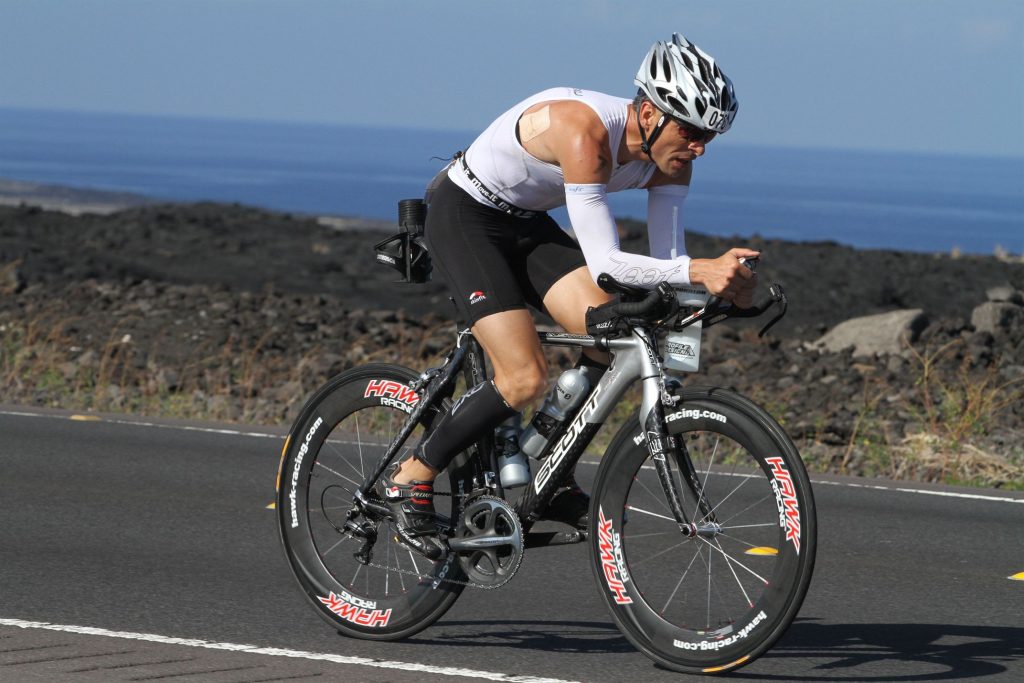Now that it’s peak season, your bike will get a lot of use. This means that you need to work diligently to make sure it is well maintained during the season. Proper upkeep not only ensures a smooth and enjoyable ride but also extends the lifespan of your bike. Here’s a guide to maintaining your bike during peak season, focusing on cleaning, regular inspections, and essential adjustments.
Cleaning
Regular cleaning is the cornerstone of bike maintenance, especially when you’re riding frequently. Dirt, grime, and sweat can accumulate quickly, leading to potential damage if not addressed.
You can also give your bike a thorough wash at least once a week. Use a gentle stream of water to avoid damaging any components. Specialized bike cleaners are ideal, but mild dish soap can also work. Clean the frame, handlebars, and saddle with a soft brush or sponge. Pay extra attention to the drivetrain—the chain, gears, and derailleurs—using a degreaser to remove built-up gunk.
Lubrication
Make sure the bike is dry before you apply lubricant. Use a clean, dry cloth to wipe down all parts. Once dry, apply a lubricant specifically designed for bike chains to keep the drivetrain running smoothly. Be cautious not to over-lubricate, as excess lube can attract more dirt. Wipe off any excess lubricant with a clean rag.
Tire Pressure
Check your tire pressure before every ride. Properly inflated tires reduce the risk of flats and improve riding efficiency. Use a reliable pump with a gauge to ensure your tires are within the recommended PSI range. Additionally, inspect your tires for cuts, punctures, or excessive wear. Replace them if you notice any significant damage.
Brake Functionality
Brakes are crucial for safety, so ensure they are always in top condition. Test the brake pads by squeezing the levers and checking for responsiveness. The pads should engage the rims evenly without any delay. Look for wear indicators on the brake pads and replace them if they are worn down. Also, check the brake cables for fraying or stretching, and adjust or replace them as necessary.
Gear Shifting
Smooth gear shifting enhances the riding experience, especially on varied terrain. Test your gears by shifting through the entire range. If you notice any hesitation or skipping, it might be time to adjust the derailleurs. Tightening the barrel adjuster can often resolve minor shifting issues. For more significant problems, consider a professional tune-up.
Handlebar Position
An incorrectly positioned saddle or handlebars can lead to discomfort and inefficient riding. Make sure your saddle is level and at the right height. Your legs should have a slight bend at the knee when the pedal is at its lowest point. Similarly, adjust the handlebars so you can reach them comfortably without straining your back or shoulders.
Chain Tension
A properly tensioned chain is vital for efficient power transfer and preventing derailments. Check the chain tension by pressing down on it midway between the front and rear sprockets. It should have a slight give, about half an inch. If the chain is too loose or too tight, adjust it accordingly by moving the rear wheel or adjusting the derailleur.
Equipment Upgrades
Do you need to make some equipment upgrades to improve performance? Peak season is the time to do it so that you can enjoy the improved performance. For example, upgrading your bottom bracket is an option for you.
Maintaining your bike during peak season doesn’t have to be frustrating. These tips can help you keep your bike working in top order while your bike is getting the most use.
Share this post:

